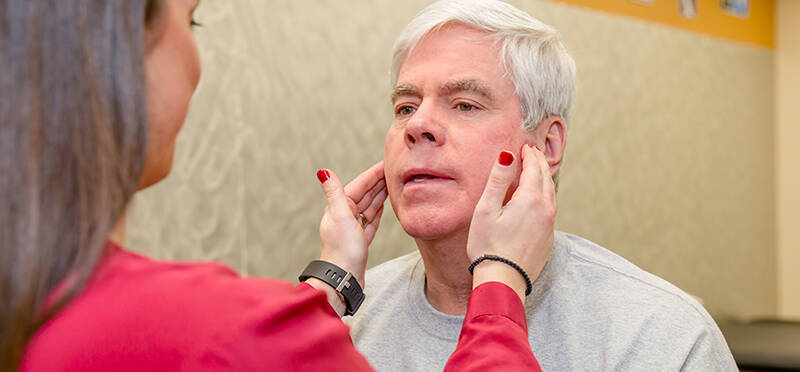Jaw Pain? What You Need to Know about TMD
Posted on November 27, 2017 by Tara Hackney, PT, DPT, OCS, KTTP
The temporomandibular joint is the joint where your jaw attaches to the temple of the skull. It is a hinge...
(more…)





